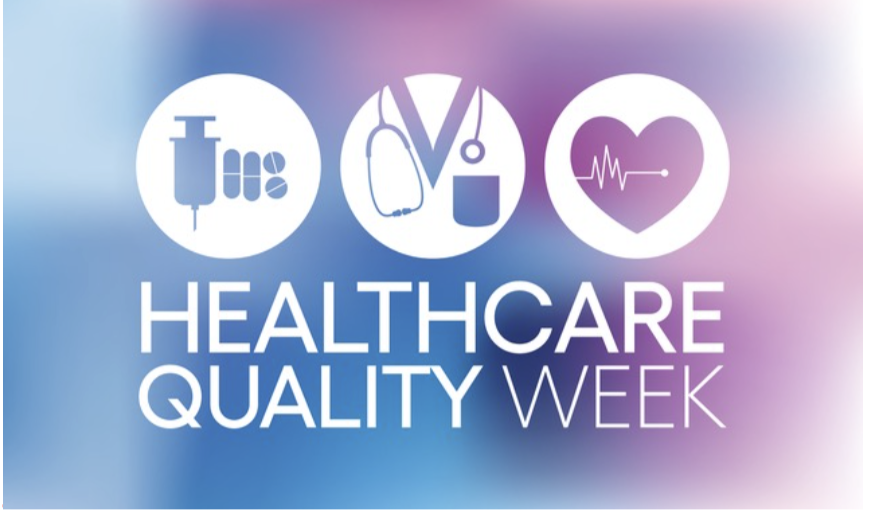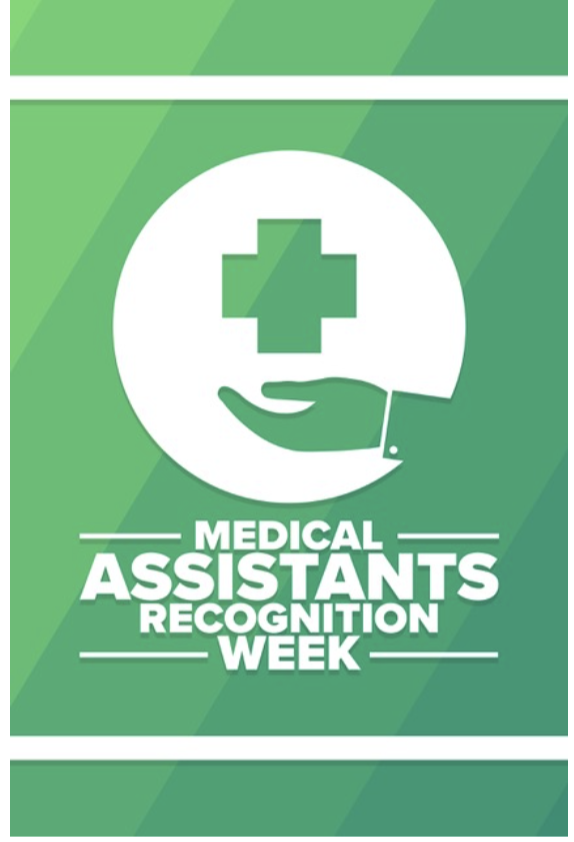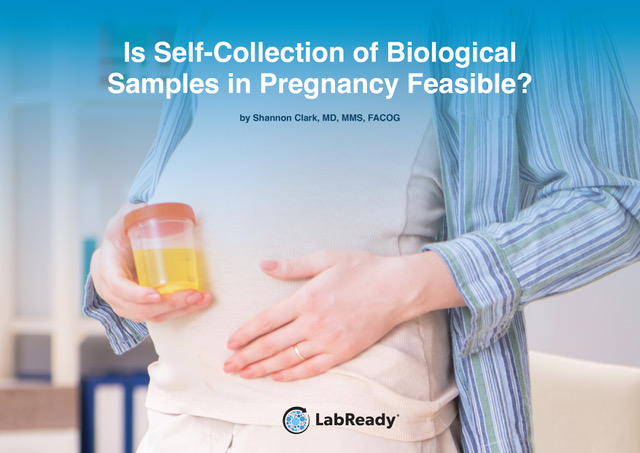Infections can have profound affects when experienced during pregnancy. We are going to share with you what screening tests you should expect from your obstetrical care provider, when you should have these tests, and questions you should ask. Being informed is your best strategy to staying healthy and it gives your baby the best chance to enter our world healthy.
Why screen?
Because adverse pregnancy outcomes can be avoided with routine screening for certain infectious diseases.
This blog series will provide you with an overview of the recommended screening tests for infectious diseases you should expect during your prenatal care. Knowledge of these routine screening tests--when the test is recommended during pregnancy, what specific testing method you should expect, and accurate interpretation of test results-- is part of the basic understanding of your routine prenatal care.
List of Recommended Routine Screenings for Infectious Diseases During Pregnancy
- Urinalysis/Urine Culture—UTI (Blog 1)
- Hepatitis B & C (Blog 2)
- Human Immunodeficiency Virus--HIV (Blog 3)
- Rubella and Varicella--Measles and Chicken Pox (Blog 4)
- Sexually Transmitted Infections (Blog 5)
- Group B Streptococcus--GBS (Blog 6)
- Tuberculosis--TB (Blog 7)
Understanding Tuberculosis and your Pregnancy
Only if you are at high risk for having infection will you be screened for tuberculosis (TB) in your pregnancy.
Screening for tuberculosis (TB) in pregnancy via Mantoux tuberculin skin test is typically only done on entry to care in patients who are at high risk for having infection, i.e., infection with HIV, immunocompromised due to other medical conditions or live or have been in close contact with someone with TB.
When to Screen
If at high risk, you will be screened by your healthcare provider on your entry to care.
Testing Method and How it is Done
The TB skin test, also known as the Mantoux tuberculin skin test, is the most common way doctors diagnose tuberculosis. They will inject a tiny amount of a harmless fluid called tuberculin just below the skin in your forearm. It contains some inactive TB protein. You should feel a small prick from the needle. In 2 or 3 days, they’ll check your arm.
What are they Looking for in your Sample?
After the waiting period has passed, you may have a hard, raised bump at the site of the injection. That means you likely have TB germs in your body. Your doctor may do more tests to be sure. These could include blood tests or an X-ray of your chest. They may also want to test your sputum -- that’s the gunk you cough up. Urine or tissue samples can also tell your doctor if the TB germs have begun to spread or become “active.”
Some Questions to Ask your Healthcare Provider
Is it safe to get a TB test during my pregnancy?
How can I protect my baby from TB?
Can I pass TB to my baby?
What is the faster way to cure TB?
Can I put off treatment until my baby is born?
If I have active TB while I’m pregnant, do I have to take any medicines?
If I must take medicines, how will they affect my baby?
Can I breastfeed?
To learn more about perinatal infections, visit labready.com, and reach out to our professionals at hello@labready.com
About the Author
Shannon M. Clark, MD, MMS, FACOG is a double board-certified Obstetrician and Gynecologist, and Maternal-Fetal Medicine Specialist focusing on the care of women with maternal and/or fetal complications of pregnancy. After finishing medical school at the University of Louisville School of Medicine in Louisville, KY, Dr. Clark completed a residency in Obstetrics and Gynecology at Allegheny General Hospital in Pittsburgh, PA. During her first year of residency, she realized her passion for taking care of women with complicated, or high-risk, pregnancies and subsequently pursued a fellowship in Maternal-Fetal Medicine and a master’s degree in Medical Science at the University of Texas Medical Branch in Galveston, TX where she is a professor with roles as clinician, researcher, and educator.














